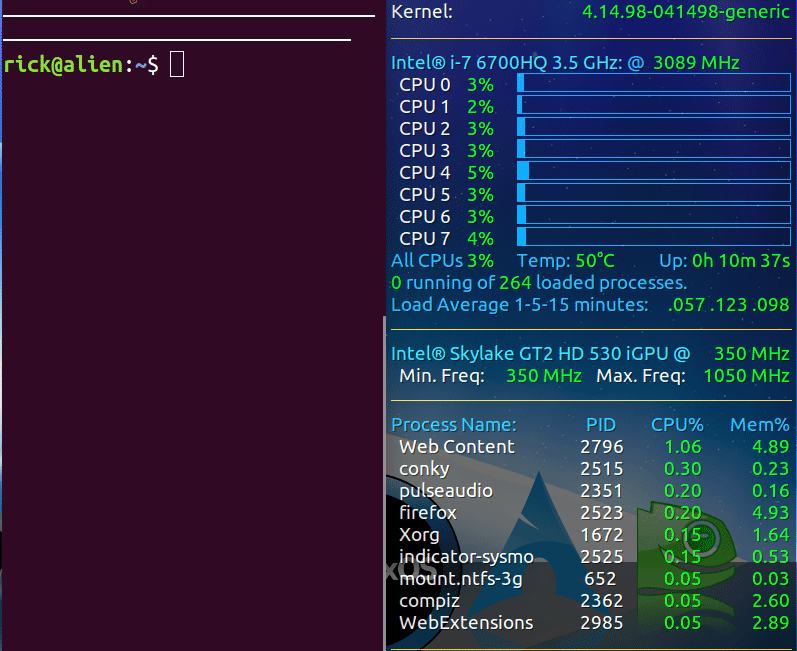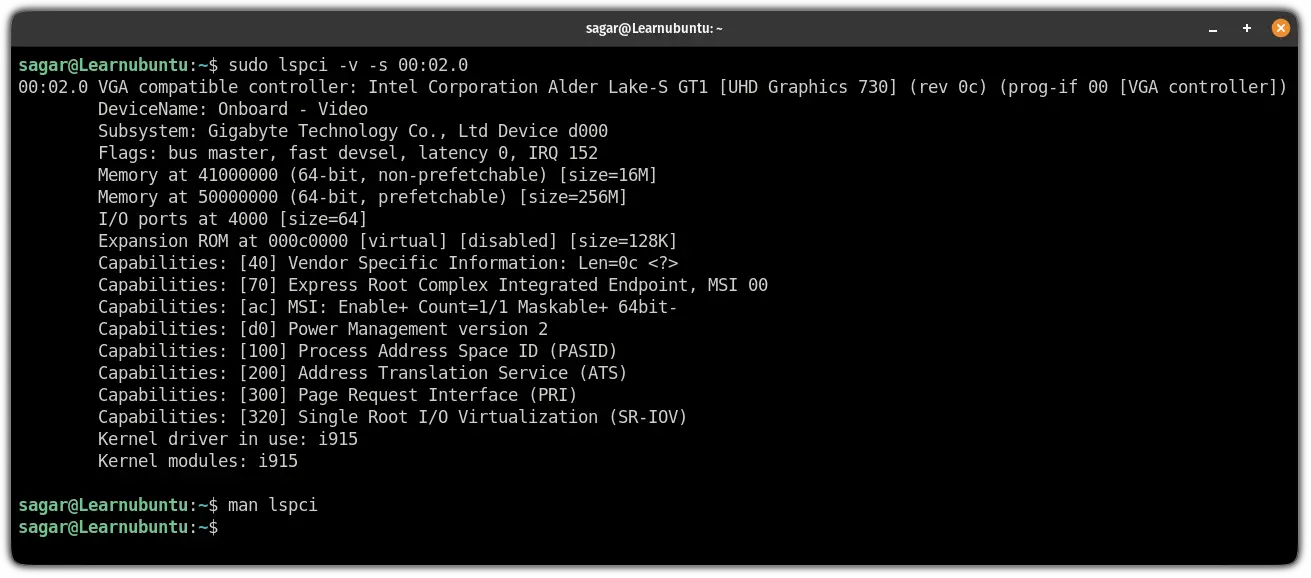Roads & PavementRoads & Pavement
Barefoot
Minimal
Low
Medium
High
Maximal
All around running shoes offer comfort and cushioning for daily runs, jogs, walks, and long mileage. They offer enough versatility for both faster and slower runs and are a great option for those who want one running shoe to do it all.
Fast run or uptempo running shoes are lightweight and responsive. They offer streamlined designs that have minimal uppers and offer a high level of energy return. These shoes are a great option for faster runs in the week or those looking for a livelier experience.
Max Cushion shoes offer premium cushioning with ample ground protection and a stable ride. These types of shoes provide abundant impact protection that softens landings while running at any pace or distance. These types of shoes are best for slower recovery runs and easy days where comfort takes priority.
Racing shoes are designed with optimal performance in mind. These types of shoes have snug-fitting uppers, energetic midsole foams, and features implemented for maximum efficiency. These types of shoes are best for runners looking to gain the ultimate advantage in races but may sacrifice some durability and comfort.
Gym Workout shoes offer a stable and versatile ride. They have a firmer underfoot feeling that provides stability for lateral movements with comfortable uppers. These types of shoes are best for trips to the gyms, cross training, casual wear, and light running. command line How to get the GPU info Ask Ubuntu
Road running shoes feature smooth outsoles that are designed for running on paved surfaces such as roads, sidewalks, and bike paths.
Designed to handle most trail runs, these shoes prioritize comfort and a smooth ride. These shoes are great for anything from smooth singletrack, park trails, and fireroads making them ideal for those who run from their doorstep on streets before hitting the trail.
These shoes are best used for hard, rugged trails such as shale, granite or sandstone where grip on smooth surfaces and underfoot protection are important.
Designed for use in muddy, soggy conditions, these shoes feature very aggressive outsoles that dig deep into soft ground for exceptional traction.
These shoes feature technical outsoles designed to grip snowy and icy trails making them ideal for winter trail running.
Cushioning level, or stack height, refers to how much shoe is between your foot and the ground. For this category, we reference the amount of cushioning below the forefoot as the heel height will be equal to or greater than the forefoot height.
command line How to get the GPU info Ask Ubuntu
0-13mm. The Shoe generally does not have a midsole and feels like there is no cushioning. This shoe is all about feeling the ground underfoot.
14-18mm. The shoe has a thin midsole that allows for a natural running experience. Racing shoes and minimalist shoes are common here. These shoes offer a feeling of being connected to the road or trail.
19-23mm. The shoe has a slightly cushioned feel and may feature added cushioning technologies. Performance training shoes and some trail shoes are common here. These offer protection during footstrike but prioritize a lightweight, grounded experience.
24-28mm. These shoes have a stack height that fall near the middle of the spectrum.The shoes in this category are verstaile and great for all types of runs and distances.
29-34mm. The shoe has a thick midsole and ample cushioning. These shoes are highly protective and absorb more impact than the body.
35mm plus. The shoe has an extremely thick midsole and extra cushioning. The focus is on protection and soft foam underfoot with hardly any ground feel.
Neutral shoes support the foot through a normal range of arch collapse and generally do not have a built-in technology to correct movement.
Stability shoes are a great option for those who overpronate or need added support. These shoes help to limit the inward rolling motion of the ankle while running or walking and assist in guiding the foot straight through the gait cycle. Linux Find Out Video Card GPU Memory RAM Size Command nixCraft
Product Details:
command line How to get the GPU info Ask Ubuntu store, Llvmpipe is used instead of NVIDIA GPU. nvidia settings not store, How to find number of GPU s and its details on Linux computer store, GPU Support store, Apps to Monitor AMD GPUs Using Open Source Drivers in Linux store, Linux Find Out Graphics Card Installed In My System nixCraft store, Demo code not running when external GPU installed Intel Community store, Keeping an eye on your GPUs GPU monitoring tools compared store, GPU usage monitoring CUDA Unix Linux Stack Exchange store, How to Check GPU Info in Ubuntu store, NeoFetch See System Information from the Command Line on Linux store, command line macOS get GPU history usage from terminal Stack store, Bug ID 4341092 40 permanent GPU usage but all GPU processes store, GPU usage monitoring CUDA Unix Linux Stack Exchange store, Gather Linux system info with CPU X Enable Sysadmin store, How to Check Which GPU Is Installed on Linux store, Research Computing GPU Resources store, Lxd config device add gpu device error LXD Linux Containers Forum store, How to Find Which Graphics Card do You Have in Linux store, GitHub BDHU gpuinfo A minimal command line utility written in store, Linux Find Out Video Card GPU Memory RAM Size Command nixCraft store, System Management Interface SMI NVIDIA Developer store, How to dedicate your laptop GPU to TensorFlow only on Ubuntu store, GPU usage monitoring CUDA Unix Linux Stack Exchange store, How to find AMD GPU information on Linux Linux nixCraft Linux store, How to Find out Graphics Card and Driver Installed in your system store, How to Check Which GPU Is Installed on Linux store, How to find Graphics Card info on Linux store, Graphics driver check on Ubuntu 22.04 Linux Tutorials Learn store, command line How to get the GPU info Ask Ubuntu store, How to Get Graphics Card Information On Linux store, 2 Tools For Monitoring Nvidia GPUs On Linux GUI And Command Line store, Trying Out Benchmarking The New Experimental Intel Xe Linux store, Linux GPU Monitoring and Diagnostic Commands Line Tools nixCraft store, Research Computing GPU Resources store, How to Check GPU Intel AMD NVIDIA Usage in Ubuntu 22.04 20.04 store, How to Find Which Graphics Card do You Have in Linux store, Linux GPU Monitoring and Diagnostic Commands Line Tools nixCraft store, command line How to get the GPU info Ask Ubuntu store, How to find AMD GPU information on Linux Linux nixCraft Linux store, Linux Find Out Video Card GPU Memory RAM Size Command nixCraft store, Linux Find Out Graphics Card Installed In My System nixCraft store, How to Check GPU Info in Ubuntu store, command line How to get the GPU info Ask Ubuntu store, How to Check GPU Info in Ubuntu store, Linux Find Out Graphics Card Installed In My System nixCraft store, Linux Find Out Video Card GPU Memory RAM Size Command nixCraft store, command line How to get the GPU info Ask Ubuntu store, command line How to get the GPU info Ask Ubuntu store, command line How to get the GPU info Ask Ubuntu store, Product Info:
Linux command gpu info store.
- Increased inherent stability
- Smooth transitions
- All day comfort
Model Number: SKU#7372250





